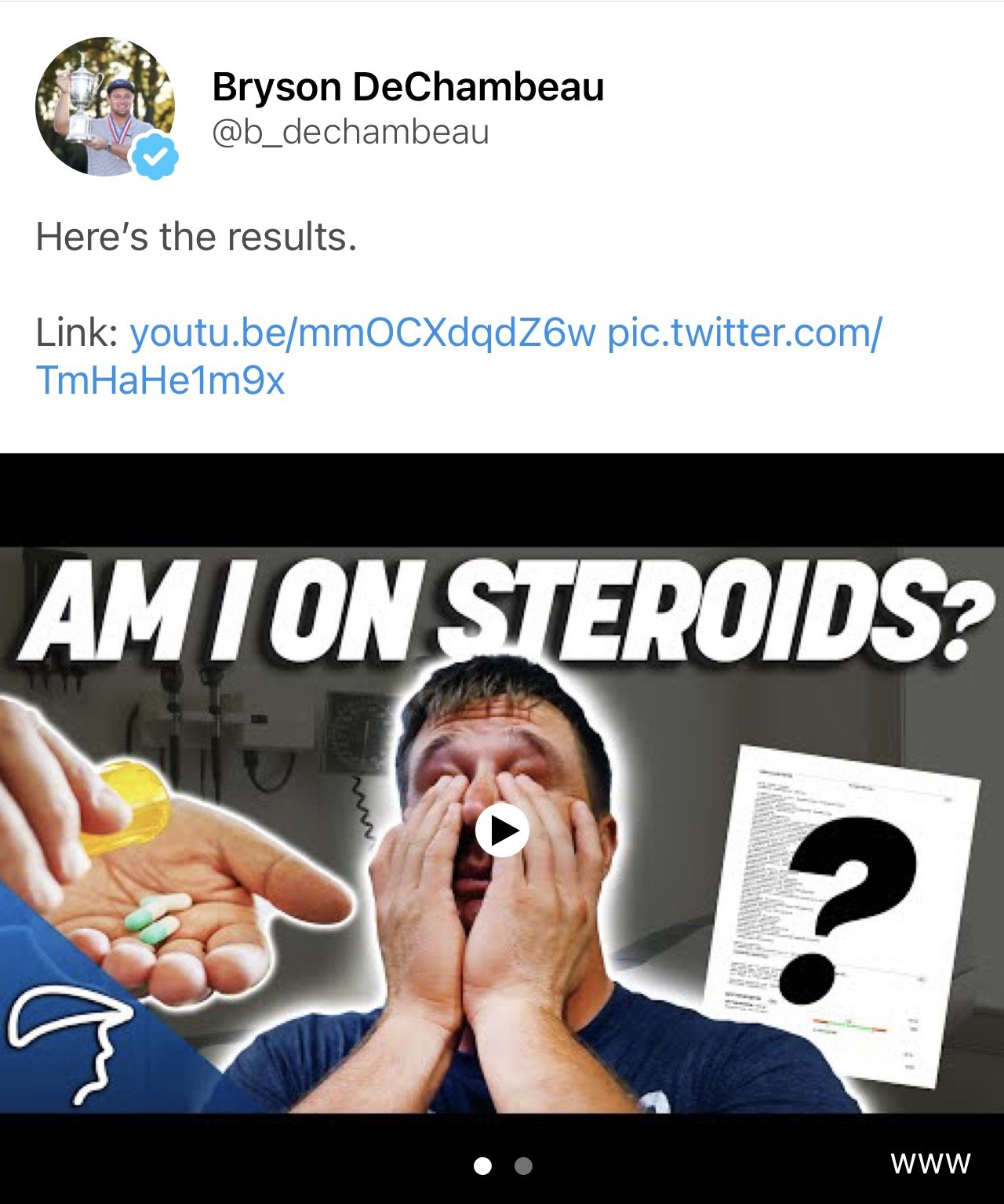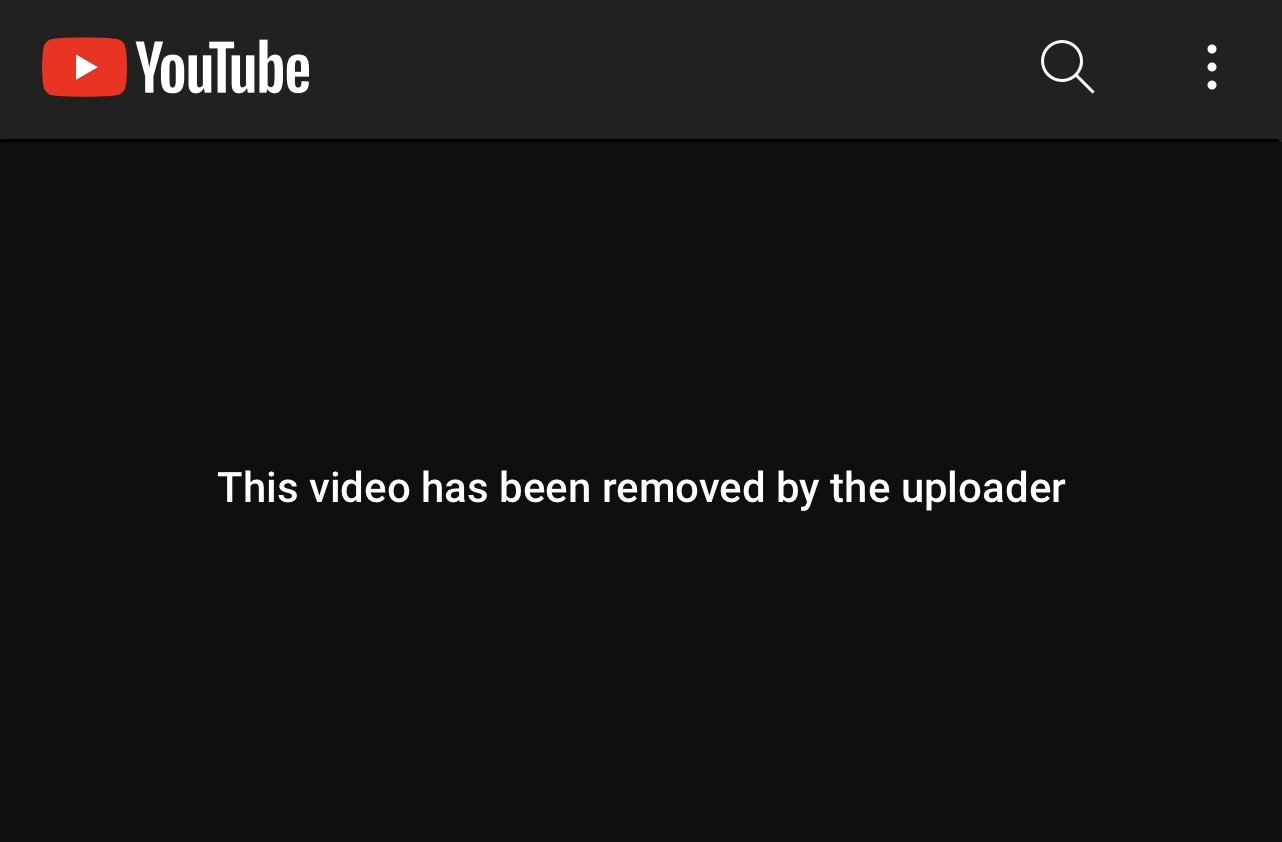Bryson Very, Very Briefly Posts Video To Confirm He's Not Using Steroids**
/This is one of those instances where you wonder how much thought and analysis went into the conceptual phase, only to have to embarrassingly remove it within minutes of posting.
Given the camera assistance and potential spon-con play with Quest Diagnostics, there appears to have been a “team” decision for Bryson DeChambeau to debunk any rumors of steroid use. And judging by the Twitter comments posted before the video came down, DeChambeau also revealed he’s a cat person. This could be the real reason the post came down, not some a frantic call from Cult Ponte Vedra warning that the video was a terrible, terrible PIP play was he’s closing in on the same fifth place finish headquarters penciled him in for at the season’s start.
Either way, it was “uploader” deleted:
Thankfully, G.C. Digital is not taking the holiday week off and posted this description of the short-lived video:
DeChambeau said he had bloodwork and a urine sample done before the video cut to him doing an intense speed-training session. The video then transitioned to a shirtless DeChambeau scrolling through his emails on his phone at 10:30 one night during the Hero World Challenge earlier this month in the Bahamas. DeChambeau held up the email of the results on his phone, while the PDFs were also posted to the video.
"All negative," DeChambeau exclaimed, as the lab report showed a long list of negative results, including for amphetamine, methamphetamine, anabolic and masking agents, dozens of anabolic androgenic agents and growth hormone. "Nothing!"
DeChambeau then capped the video sitting next to Greg Roskopf, found of Muscle Activation Techniques, while saying, "This is better than steroids."
Subtle plug there.
As for the Twitter comments during the short time the video was up, they’re, uh, informative..
**It lives!!! Warning: this is six minutes you’ll never get back!























